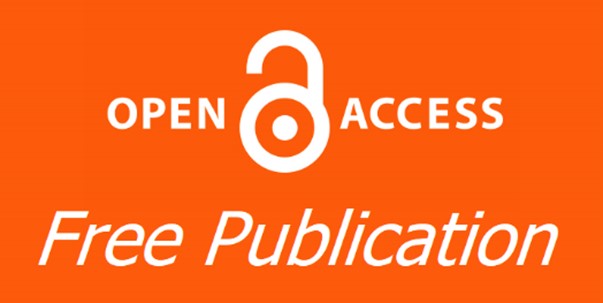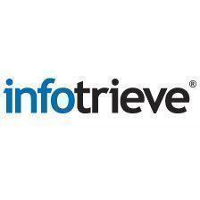Article Type
Article
Abstract
Objectives: The objective of this work is to compare the result of using topical Mitomycin C in endoscopic dacryocystorhinostomy associated with probing and bicanalicular silicon stenting in primary cases of epiphora due to post-saccal obstruction.
Background: Epiphora is a very troublesome symptom that may annoy the young as well as the old in both sexes. The goal of endoscopic DCR is to re-establish tear flow from the lacrimal sac into the nasal cavity through endonasal Approach.
Patients and Methods: Forty patients complained of epiphora were included in this study in the period from February 2015 to march 2017 . All were primary cases and all of them were chronic dacryocystitis (post-saccal obstruction). Assessment of epiphora was done both subjectively and objectively both preoperatively and postoperatively utilizing both Jones 1 and Jones 11 tests. All cases were followed up for at least one year and in some cases up to two years.
Results: We find that the total success rate is (87.5%), with (90%) in group (A) and (85%) in group (B) with insignificant use of topical Mitomycin C in endoscopic endonasal DCR in cases of post-saccal obstruction.
Conclusion: Endoscopic endonasal dacryocystorhinostomy with probing and bicanalicular silicon stent intubation is an effective treatment modality in the management of epiphora due to post-saccal obstruction, but using topical Mitomycin C has no benefit in such cases.
Keywords: lacrimal pathway, lacrimal system, lacrimal pathway obstruction, Endonasal endoscopic dacryocystorhinostomy, mitomycin.
Recommended Citation
Khalil YA, Abd Elfattah AA, Mandour SS,
et al.
The Role of Mitomycin C in Endoscopic Dacryocystorhinostomy Mitomycin C in Endoscopic Dacryocystorhinostomy.
Pan Arab J. Rhinol.
2018;
8 : -.
Available at:
https://pajr.researchcommons.org/journal/vol8/iss2/9
















